At CarMax Vehicle, we recognize the paramount importance of safety in the realm of heavy-duty transportation. The Anti-lock Braking System (ABS) stands as a cornerstone in vehicular safety, ensuring that drivers maintain control during sudden braking scenarios. This comprehensive guide delves deep into the mechanics, benefits, and advancements of ABS, aiming to provide an exhaustive understanding for enthusiasts and industry professionals alike.
Table of Contents
- Introduction to ABS
- The Mechanics of ABS
- Types of ABS
- Benefits of ABS
- ABS in Heavy-Duty Trailers
- Maintenance and Troubleshooting
- Future of ABS Technology
- Conclusion
- Frequently Asked Questions
Introduction to ABS
Anti-lock Braking Systems (ABS) have revolutionized vehicular safety since their inception. Designed to prevent wheel lock-up during braking, ABS ensures that drivers maintain steering control, especially on slippery or uneven terrains. In the context of semi-trailers and heavy-duty vehicles, ABS is indispensable, given the increased mass and momentum these vehicles possess.
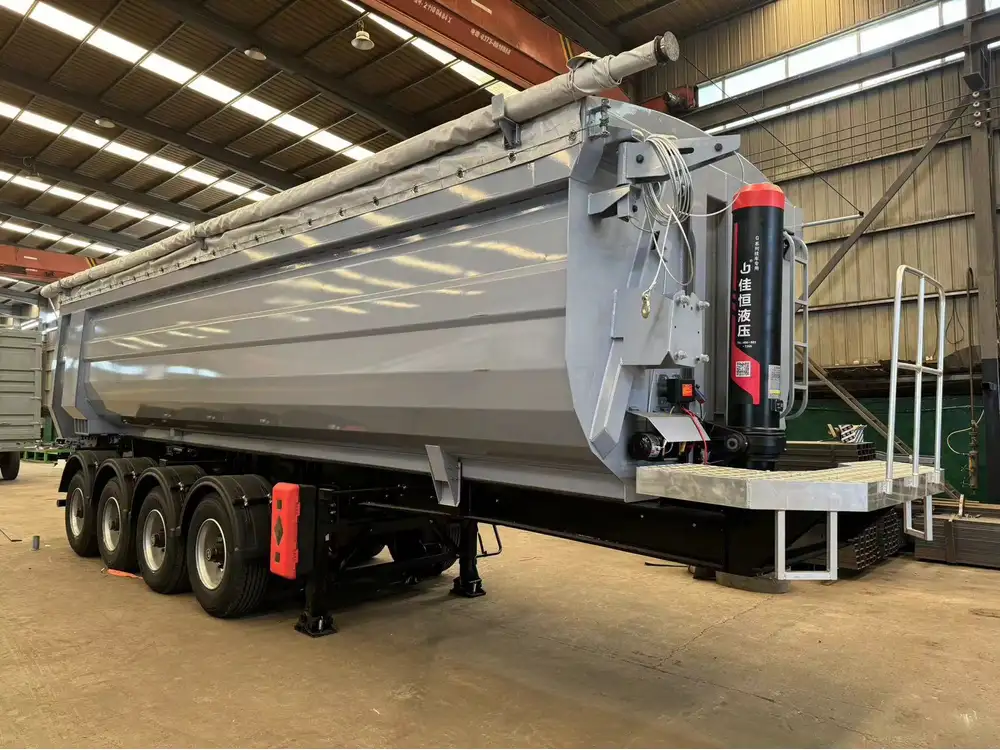
The Mechanics of ABS
Understanding how ABS works requires a dive into its intricate components and operational dynamics.
Core Components
- Wheel Speed Sensors: These sensors continuously monitor the speed of each wheel, transmitting data to the ABS control unit.
- Hydraulic Valves: Located in the brake lines, these valves regulate brake pressure to each wheel, modulating it based on sensor input.
- ABS Control Module: The brain of the system, it processes data from the sensors and commands the hydraulic valves accordingly.
- Pump: It restores brake pressure post-ABS activation, ensuring the braking system returns to its normal state.
Operational Phases
ABS operates through a cyclical process, especially evident during emergency braking:
- Detection: Wheel speed sensors identify a potential wheel lock-up by detecting rapid deceleration.
- Modulation: The ABS control module signals the hydraulic valves to reduce brake pressure, allowing the wheel to regain traction.
- Pumping: Once traction is re-established, the pump restores brake pressure, preparing the system for potential subsequent adjustments.
- Repeat: This cycle continues multiple times per second until normal braking is achieved.

Types of ABS
ABS systems are categorized based on their design complexity and the number of channels and sensors they employ.
Four-Channel, Four-Sensor ABS
- Description: Each wheel has its own sensor and hydraulic channel.
- Advantages:
- Precise control over each wheel.
- Enhanced performance on varying road conditions.
- Ideal For: High-performance vehicles and heavy-duty trailers requiring meticulous braking control.
Three-Channel, Three-Sensor ABS
- Description: Typically, the rear axle shares a single hydraulic channel with one sensor, while the front wheels each have their own.
- Advantages:
- Balance between performance and cost.
- Suitable for vehicles where rear-wheel braking can be handled collectively.
- Ideal For: Mid-range trucks and semi-trailers with uniform rear axle configurations.
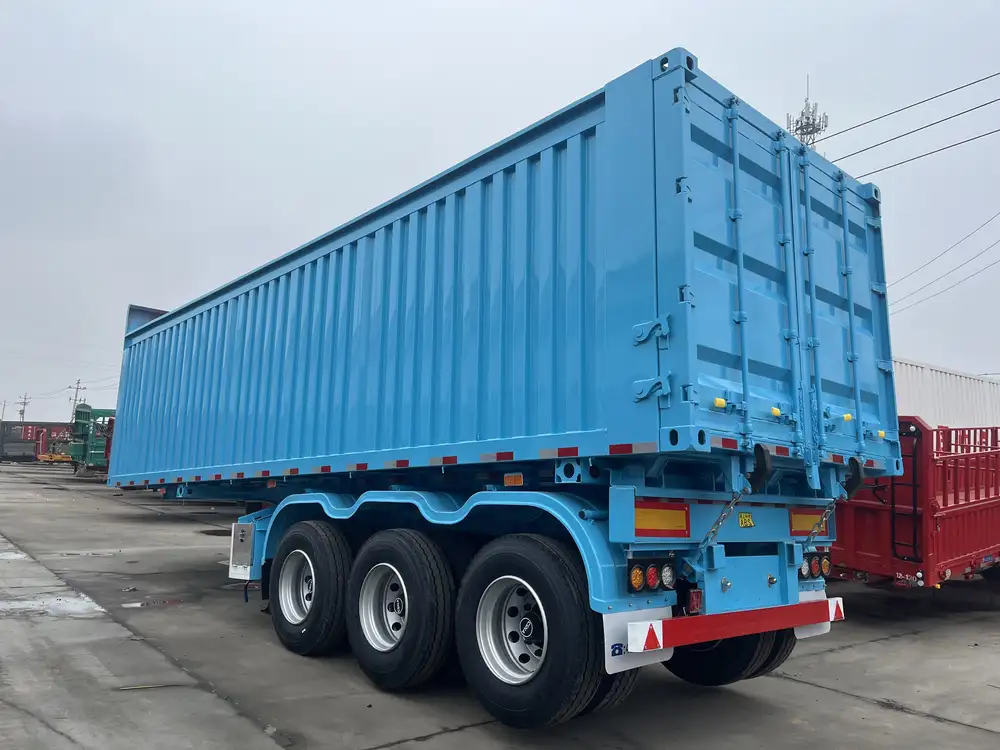
Two-Channel, Dual-Sensor ABS
- Description: Both front wheels share a single channel and sensor, and the rear wheels do the same.
- Advantages:
- Cost-effective implementation.
- Simplified maintenance.
- Ideal For: Smaller commercial vehicles and trailers where individual wheel control is less critical.
Benefits of ABS
Implementing ABS brings a multitude of advantages, particularly in the context of heavy-duty trailers.
Enhanced Safety
ABS significantly reduces the risk of skidding and loss of control during abrupt braking. By preventing wheel lock-up, it ensures that drivers can maintain steering authority, steering around potential hazards even under intense braking scenarios.

Improved Vehicle Control
With ABS, the braking force is intelligently modulated, allowing for smoother deceleration. This modulation not only prevents sudden jolts but also ensures that the trailer remains stable, minimizing the chances of jackknifing or swerving.
Reduced Stopping Distances
On surfaces with low traction, such as wet or icy roads, ABS can reduce stopping distances by maintaining optimal brake pressure. This efficiency is crucial for semi-trailers, which often carry heavy loads, ensuring timely halts without compromising safety.
ABS in Heavy-Duty Trailers
In the realm of semi-trailers, ABS plays a pivotal role in managing the immense mass and ensuring balanced braking. Here’s how ABS integrates with heavy-duty trailers:
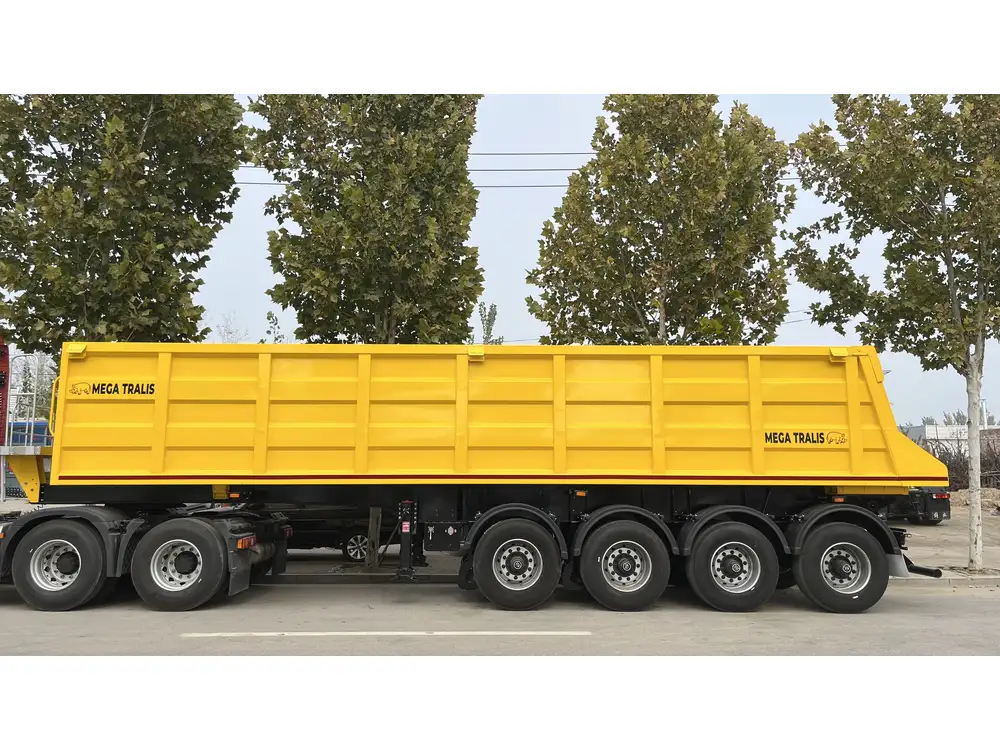
Load Distribution
Proper load distribution is essential for effective braking. ABS ensures that each wheel receives the appropriate brake force, preventing scenarios where uneven loading could lead to tire wear or braking inefficiencies.
Compatibility with Electronic Stability Programs (ESP)
Modern heavy-duty trailers often integrate ABS with ESP, enhancing overall vehicle dynamics. This synergy ensures that braking is not only effective but also harmonious with the vehicle’s stability controls, offering a holistic safety mechanism.
Adaptability to Diverse Terrains
Whether traversing highways, mountainous regions, or urban settings, ABS adapts to varying road conditions. This adaptability is crucial for trailers that operate across diverse geographies, ensuring consistent performance irrespective of the environment.

Maintenance and Troubleshooting
Ensuring the longevity and optimal performance of ABS in semi-trailers requires regular maintenance and prompt troubleshooting.
Routine Inspections
- Sensor Integrity: Regularly check wheel speed sensors for debris accumulation or damage.
- Hydraulic Lines: Inspect brake lines and hydraulic valves for leaks or wear.
- Control Module: Ensure that the ABS control unit is free from moisture and protected from extreme temperatures.
Common Issues and Solutions
| Issue | Possible Cause | Solution |
|---|---|---|
| ABS Warning Light On | Faulty wheel speed sensor | Inspect and replace the faulty sensor |
| Pulsating Brake Pedal | Hydraulic system imbalance | Bleed brakes and check for air in the lines |
| Unresponsive ABS | Control module malfunction | Diagnose using an OBD-II scanner and repair unit |
| Unusual Noises During Braking | Worn brake pads or damaged components | Replace brake pads and inspect braking components |
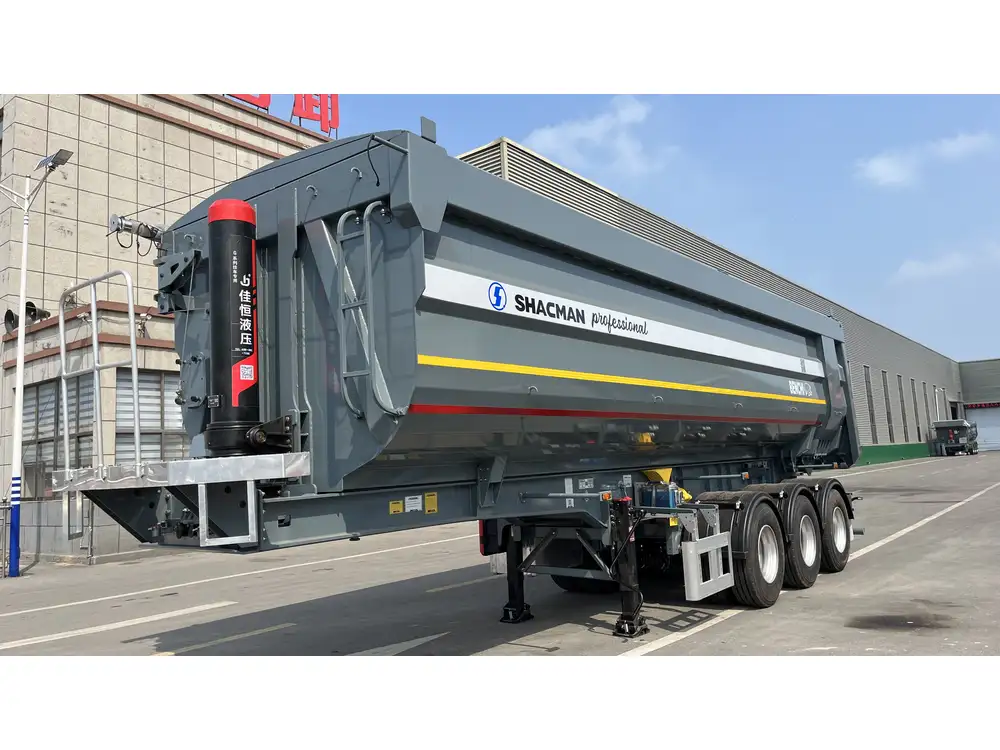
Best Practices
- Regular Testing: Periodically perform ABS functionality tests to ensure responsiveness.
- Cleanliness: Keep sensors and braking components free from dirt, salt, and debris.
- Professional Servicing: Engage certified technicians for comprehensive ABS diagnostics and repairs.
Future of ABS Technology
The evolution of ABS continues to drive advancements in vehicular safety and efficiency.
Integration with Autonomous Systems
As autonomous and semi-autonomous vehicles become more prevalent, ABS systems are being integrated with advanced driver-assistance systems (ADAS). This integration allows for more nuanced braking strategies, enhancing overall vehicle intelligence.
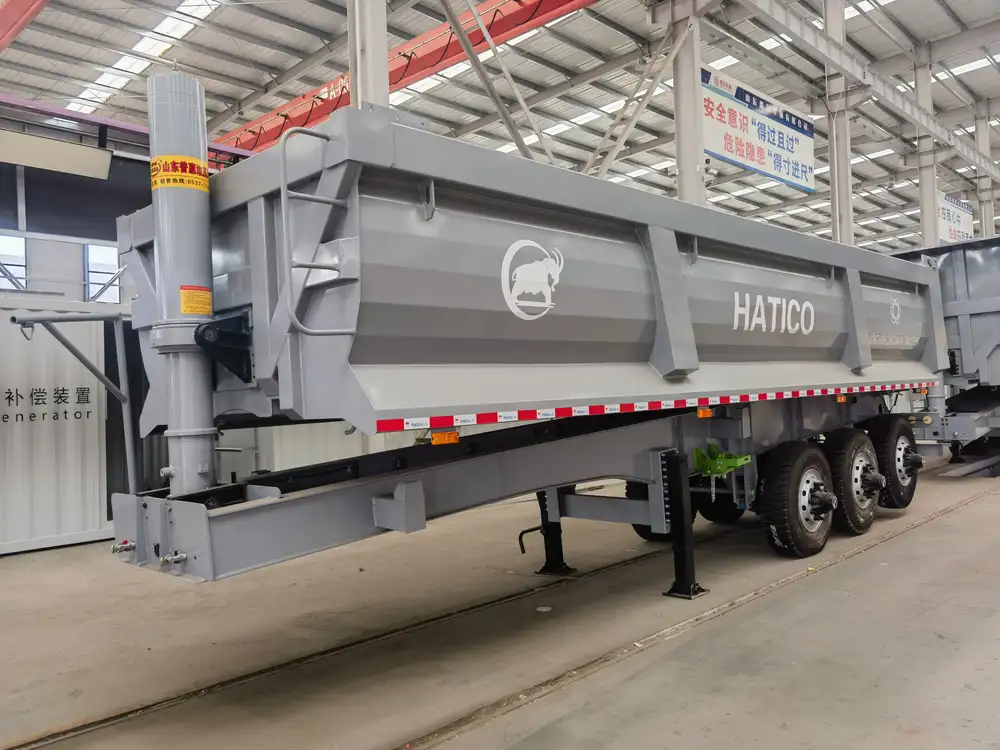
Enhanced Predictive Analytics
Leveraging artificial intelligence and machine learning, future ABS systems will predict potential braking scenarios, adjusting brake pressure proactively to optimize safety and performance.
Lightweight Materials
Advancements in materials science are leading to the development of lighter ABS components, reducing the overall weight of semi-trailers and enhancing fuel efficiency without compromising braking capabilities.
Eco-Friendly Braking Solutions
Future ABS designs are focusing on sustainability, incorporating eco-friendly materials and energy-efficient hydraulic systems to minimize environmental impact while maintaining top-tier performance.

Conclusion
At CarMax Vehicle, we understand that the Anti-lock Braking System is not merely a feature but a fundamental component that ensures the safety and efficiency of heavy-duty trailers. From its intricate mechanics to its multifaceted benefits, ABS stands as a testament to engineering excellence. As technology continues to advance, so too will ABS, further solidifying its role in safeguarding every journey undertaken by our trailers.
Frequently Asked Questions
1. How does ABS differ from conventional braking systems?
ABS prevents wheel lock-up during braking by modulating brake pressure, ensuring steering control. Conventional systems lack this modulation, increasing the risk of skidding and loss of control under heavy braking.

2. Can ABS be retrofitted to older trailers?
Yes, ABS can be retrofitted to older trailers, but it requires comprehensive modifications to the braking system. It’s advisable to consult with certified professionals to assess feasibility and perform the installation.
3. Does ABS guarantee shorter stopping distances?
While ABS enhances control and can reduce stopping distances on slippery surfaces, on dry pavement, conventional braking might sometimes achieve shorter stops. However, the primary advantage of ABS lies in safety and control.
4. How often should ABS components be inspected?
It’s recommended to inspect ABS components at least once a year or as part of regular vehicle maintenance schedules. More frequent checks are advisable for trailers operating in harsh conditions.
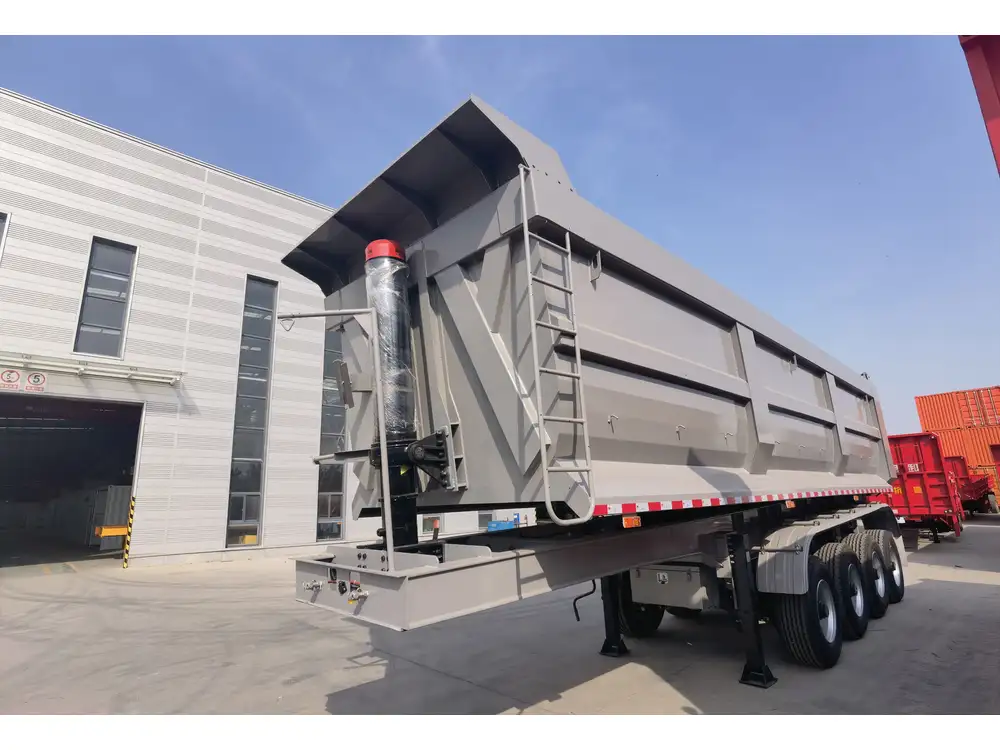
5. What should I do if my ABS warning light stays on?
If the ABS warning light remains illuminated, it’s crucial to have the system diagnosed by a professional immediately. Continued driving with a malfunctioning ABS can compromise vehicle safety.



